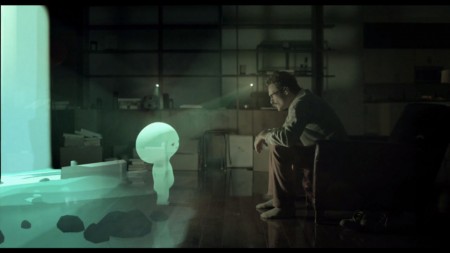May 15, 2016 – Jessica Oaks is a prolific guest blogger here at 21st Century Tech. A freelance journalist with a passion for technology news, her themes focus on the role of technology in making our lives easier. Find her many musings at FreshlyTechy.com. Also check her out on Twitter @TechyJessy. Today she writes about how technology platforms are disrupting traditional media from radio to television to the cinema.
Media has continuously changed throughout human history. In the 20th century we saw the birth of radio, cinema, television and by the end of it, the Internet. All were monumental achievements that transformed the way society consumes information. So it should come as no surprise that in the 21st century media is no more static than it was in the 20th. In this current century Internet culture has already evolved to the point that it is nearly unrecognizable from its state in the 1990s. YouTube, Facebook, Twitter are all 21 st century inventions.
So what does the future of media look like? And how can we possibly predict what it will look like when its already shown that media transforms rapidly with each new disruptive invention? Well, it may be difficult to predict what we will be looking at in the decades to come but taking current trends into consideration and extrapolating forward we can make some interesting best guesses.
Mobile is Here to Stay
Our smartphones and tablets have become our new go-to devices. And it isn’t just because we can play CandyCrush (or whatever happens to be the trending app of the moment) on our phone at work. No, it’s because our smartphones are incredibly versatile, always available, and unbelievably capable. With access to Google maps, web browsers, specialized apps, and YouTube, Netflix, and other streaming media services (see below for more on this), there’s really no need for any other device to keep us connected. Smartphones and their bigger brothers, tablets, give us access to everything we could possibly want on one device (well, except for the larger screen).
This universal appeal has made smartphones and tablets ubiquitous, and this means people are consuming media in new and unique ways. Media, therefore, needs to adapt to the popular distribution channels available for these platforms. Don’t adapt and soon you become obsolete. Today’s smartphones and tablets incorporate the best mobile processors ever invented. And they keep on getting better. Chipsets like Qualcomm’s Snapdragon power increasingly advanced mobile games and make it possible to display 4K video with ease. This isn’t lost on media creators who recognize that whatever they produce must be tailored to these devices.
Or should I say, “Orange is the New Black?” The popularity of this Netflix original series, along with “Unbreakable Kimmy Schmidt” and “House of Cards” demonstrates the power of Streaming in today’s media culture. The facts are plainly evident: television viewership is declining. But that doesn’t mean people aren’t using their televisions. They are but they’re just not watching “television” as we knew it. More and more, people are watching Hulu, Netflix, Amazon Prime, YouTube, and other streaming services. Many of these services are commercial free, earning revenue from subscriptions and licensing deals. And this has the power to completely change how media gets created.
Already, Netflix has shown that the traditional television model can be turned on its head. Whole seasons get released at once, and content creators don’t have to take commercial time (or FCC rulings) into account when creating new material. With Netflix and Hulu, shows can run for eight episodes or 16. Show lengths can vary. Tje 30 minute and hour time slot or no longer a constraint. Bloody violence, profanity and nudity are fair game, as there are no censors to contend with. Viewers no longer wait to see the next episode in a series. They can binge watch an entire season’s worth of programs. In light of these new rules or lack of them, it’s a pretty safe bet that traditional television broadcasting over the air or delivered by cable is out, and streaming is in.
Today’s cable networks and service providers deliver hundreds of channels of scheduled programming. But the future of television viewing is far different. That may be a single platform providing access to streamed programming, pay-per-view services, regular TV if it still exists, Internet, local files, Cloud files and other media forms. And though you may think that devices like Apple TV and Roku already provide this, it’s important to make a distinction. These existing devices still separate applications. They are not offering a uniform service that aggregates multiple streams of content. That what’s going to be coming down the pike in the very near future.













